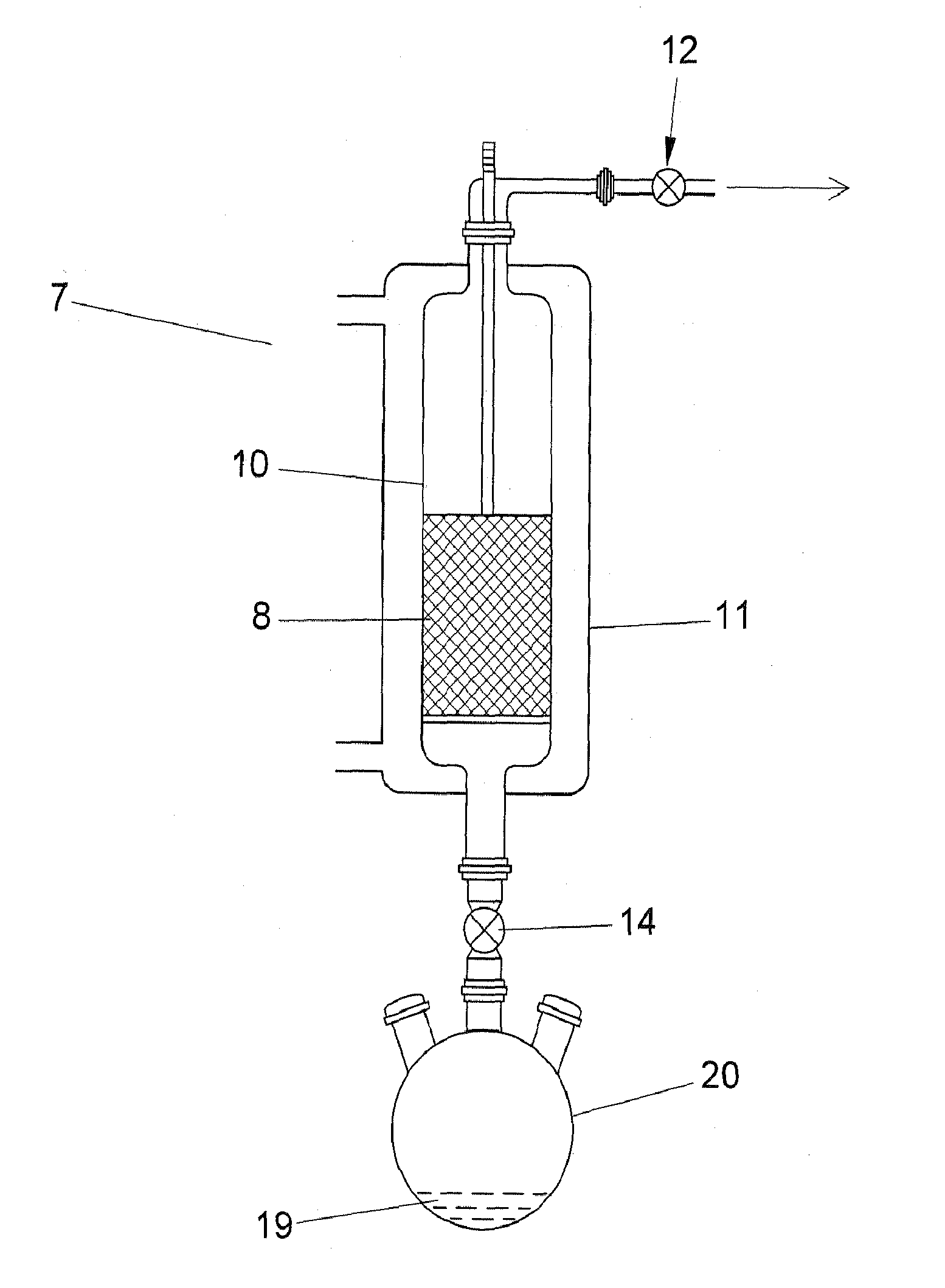Bromine chloride compositions for removing mercury from emissions produced during fuel combustion
a technology of bromine chloride and composition, which is applied in the direction of emission prevention, other chemical processes, separation processes, etc., can solve the problems of no successful, economic, commercial operation, and successful electrolytic conversion today, and achieve the effect of reducing mercury emissions and mercury emissions
- Summary
- Abstract
- Description
- Claims
- Application Information
AI Technical Summary
Benefits of technology
Problems solved by technology
Method used
Image
Examples
example 1
Comparative Example
[0021]The wood-derived PAC (powdered activated carbon) (prepared by the thermal activation process) utilized in these examples was analyzed by DSC-TGA. The point of initial energy release (PIO) was 267 deg C.
example 2
Comparative Example
Treatment of PAC with Bromine
[0022]PAC of Example 1 was brominated according to the process disclosed in U.S. Pat. No. 6,953,494. Elemental analysis indicated a PAC bromine content of 5 wt %. Analysis by DSC indicated that the PIO was 364 deg C.
example 3
Comparative Example
Treatment of PAC with Chlorine
[0023]PAC of Example 1 (9.5 g) was treated with a known amount of gaseous elemental chlorine (0.53 g). Elemental analysis indicated a PAC chlorine content of 6 wt %. Analysis by DSC indicated that the PIO was 356 deg C.
PUM
| Property | Measurement | Unit |
|---|---|---|
| temperatures | aaaaa | aaaaa |
| temperatures | aaaaa | aaaaa |
| temperatures | aaaaa | aaaaa |
Abstract
Description
Claims
Application Information
 Login to View More
Login to View More - R&D
- Intellectual Property
- Life Sciences
- Materials
- Tech Scout
- Unparalleled Data Quality
- Higher Quality Content
- 60% Fewer Hallucinations
Browse by: Latest US Patents, China's latest patents, Technical Efficacy Thesaurus, Application Domain, Technology Topic, Popular Technical Reports.
© 2025 PatSnap. All rights reserved.Legal|Privacy policy|Modern Slavery Act Transparency Statement|Sitemap|About US| Contact US: help@patsnap.com


